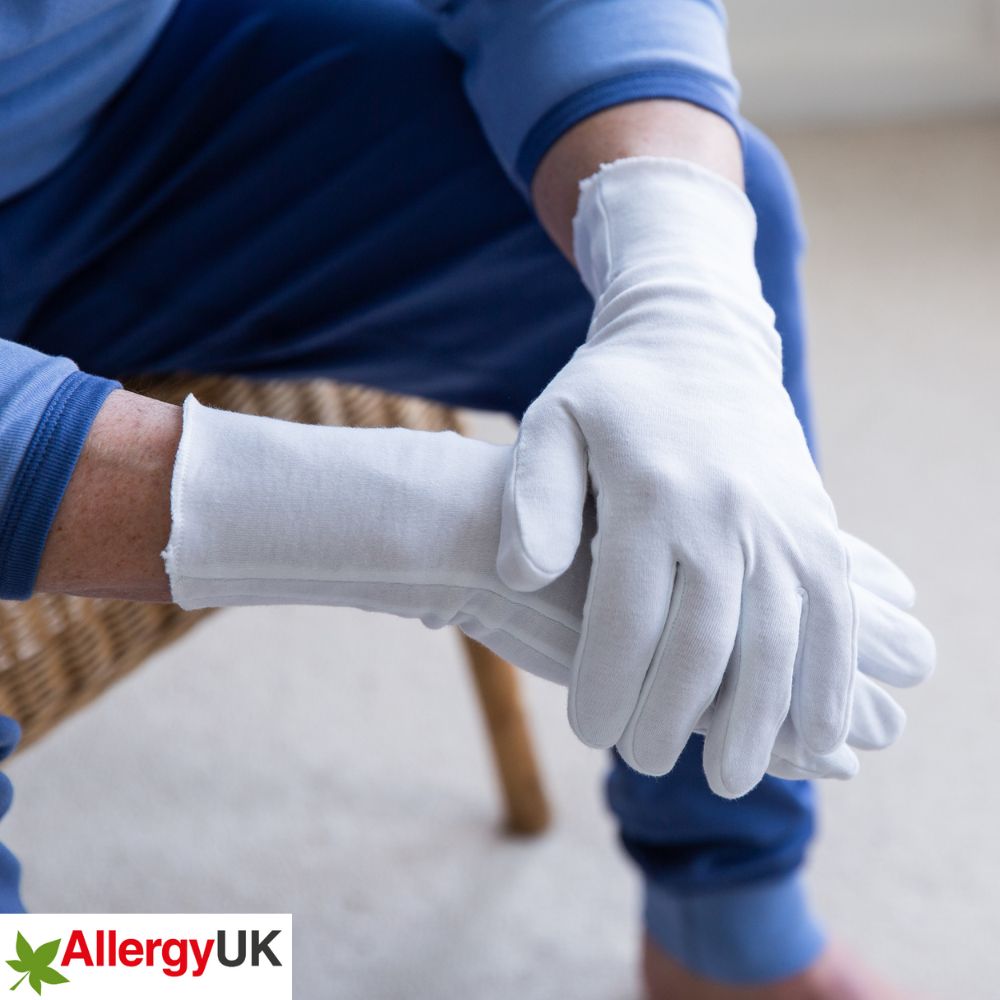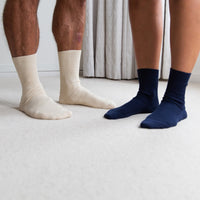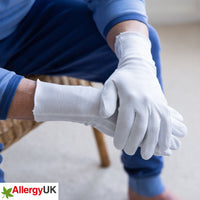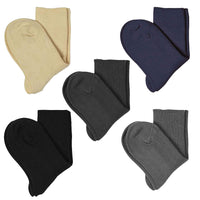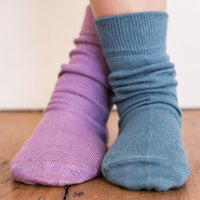
The Lowdown on Facial Eczema
The Lowdown on Facial Eczema
Having to deal with red, itchy and cracked skin from eczema is bad enough. But when it appears in highly visible areas such as the face, it can cause new levels of discomfort and distress.
Now that the weather is getting colder we've started to notice patches of dry flakey skin surfacing on our face and around our eyes, but what products are best to use? What should we avoid?
For this month's blog, medical journalist Anita Chakraverty asked Shayma, who experiences facial eczema to tell us more.
How it started
In Shayma’s case, facial eczema was caused by a hypersensitive reaction to the sun as a child, leading to cracked, dry and flaky skin that she describes as “like dandruff on your face”.
“My facial eczema was started by a reaction at the age of 14 to getting extremely sunburnt and it led me to developing photosensitive skin. Prior to that I didn’t have it at all,” says the mother of two.
She adds: “It happened to me when I was a teenager so that’s the last thing you want, when it’s as visible and you’ve got peer pressure and everything else.”
Light-sensitive eczema is just one of the myriad types of facial eczema. The most common form—atopic dermatitis —often occurs as a reaction to allergens such as nickel in cheaper jewellery and perfumes. But it can also be caused by irritants such as soaps making the skin dry and sore. Even saliva, such as when children in particular repeatedly lick their lips in cold weather can be an irritant. Oily, high-sebum areas such as the eyebrows can additionally encourage growth of the yeast Malassezia, which may trigger an inflammatory reaction and a condition known as seborrhoeic dermatitis.
While UV light can be used to treat eczema, in cases where there is photosensitivity it can conversely make things worse. Add constant exposure to pollution and other environmental stressors and the fact that facial skin is much thinner than on other parts of the body and you create the perfect storm for an inflammatory condition to develop.
The face has more oil-producing glands that elsewhere on the body that can help prevent dryness and offer antibacterial protection. Most of us use products on our face, but with facial eczema, regular washing and cleansing can make the situation worse. Dry, sore skin can result from many bathroom products, even those labelled natural, organic or dermatologically tested.
“It looked like I had a 50 per cent burn across my face.”
When Shayma experiences a flare up, her skin is unable to tolerate products she has previously used without any problems.
“I get a reaction on top, which means that I might react to something that I’ve worn before and it looks like a burn or really bad, it’s like a double whammy,” she explains. The steroid cream that was initially prescribed by a doctor just made it worse, she continues.
“Even a low dose of the steroid cream gave a reactive pattern, so it looked like I had a 50 per cent burn across my face, a chemical burn.”
Further issues can arise with darker skin, where the pigmentation changes lead to lighter or darker patches afterwards, she adds. “Some of it on my face has mellowed over time but I don’t mind. I just learn to live with it because I don’t know if it’s that noticeable.”
“It’s a way of reducing symptoms.”
Shayma said she now uses oily paraffin based emollients. Emollients sit on the surface of the skin to stop it from drying out. “They calm but they don’t cure, none of it cures. It’s a way of reducing the symptoms.” She is also meticulous about wearing hats and sunglasses in strong sunshine, although ironically her face is now the area that tolerates it the best due to repeated exposure.
Twenty years ago, when Shayma experienced her first bout of facial eczema, there were less products to choose from. But these days there are many alternatives to traditional steroids and paraffin based emollients, with more natural eczema creams utilising ingredients such as calendula, chamomile, nettle, aloe vera, manuka honey or an organic form of sulphur known as MSM.

Avoid triggers, moisturise and test
A key point is to avoid known triggers, although there may be several and the individual sources can be difficult to identify. If the suspected cause is contact with a chemical or allergen, then it may be necessary to follow up with a dermatologist visit and patch testing.
- Avoid products with fragrance and check those that are labelled “unscented” as they may simply be formulated to mask any scent.
- Switch to a gentle method of cleansing that avoids soap and ensure affected areas are well moisturized.
- Test new products one or two days before using them on your face, using a pea-sized amount on your wrist or inner elbow beforehand. If you notice any rash or breakouts, avoid using them.
- Wash pillows and bedding in non-biological, fragrance-free detergent.
- Protect your skin from pool water, wind and cold weather. When swimming, apply an eczema-friendly cream to your face an hour beforehand, have a lukewarm shower immediately afterwards and then reapply moisturiser.
- Cold weather and central heating can dry out skin so use extra moisturiser and cover up with a scarf when you go outside, particularly if it is windy. A humidifier may be useful indoors during winter to stop skin from drying out.
To remove scaly skin, The National Eczema Society recommends using a medical emollient on the face instead of soap, as cosmetic cleansers often contain detergents and fragrance. Instead of rubbing the skin dry, pat with a soft towel followed by a bland emollient on sore areas at least twice a day. Make up can prove irritating, particularly foundation and mascara, and the charity suggests mineral-based products may provide a better tolerated alternative.
Looking to try a new Eczema Cream?
If your current cream isn’t working for you or you want to try something new, avoiding steroids or paraffin based emollients, the Winter Eczema Sample Box from Cotton Comfort contains samples of 15 different creams and sensitive skin products, including a pair of their best-selling 100 per cent organic cotton gloves. The box introduces you to skincare from a variety of organic and eczema friendly skin care brands including Balmond’s, MooGoo and Childs Farm.
Boxes will ship from November and are available to pre-order here.


